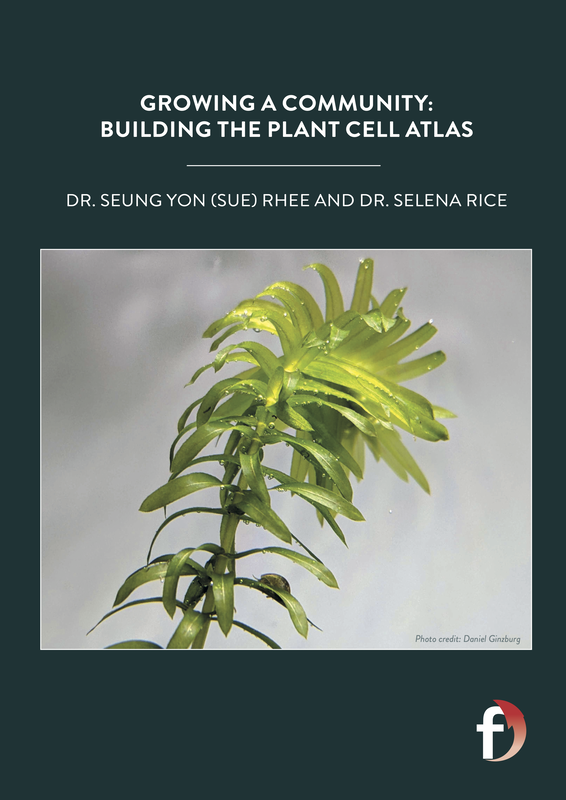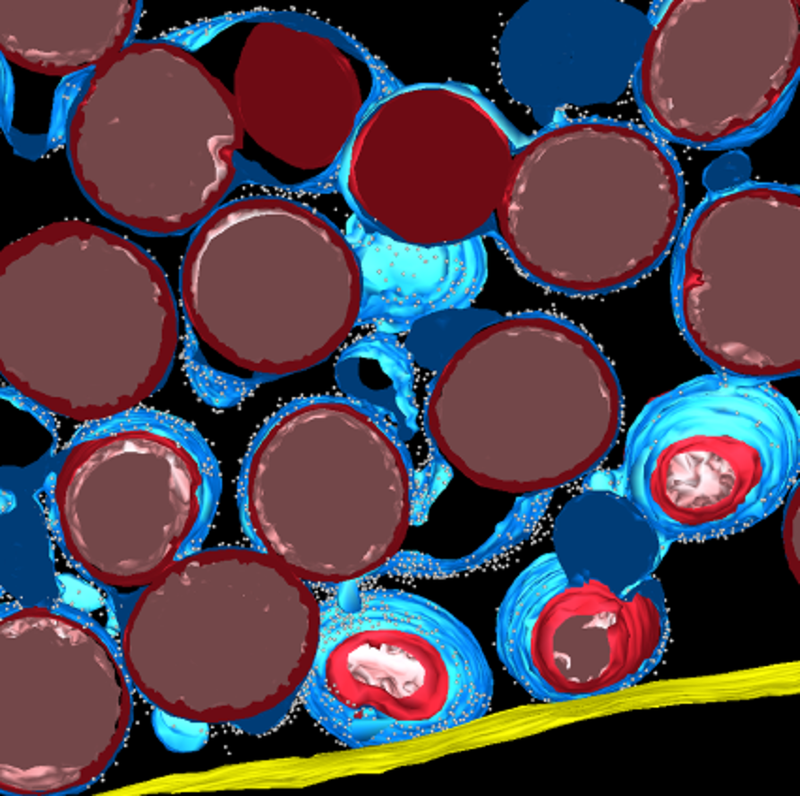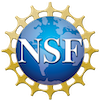Growing a community: building the Plant Cell Atlas
This article was produced by Futurum Careers, a free online resource and magazine aimed at encouraging 14-19-year-olds worldwide to pursue careers in science, tech, engineering, maths, medicine (STEM) and social sciences, humanities and the arts for people and the economy (SHAPE). For more information, teaching resources, and course and career guides, see www.futurumcareers.com.








